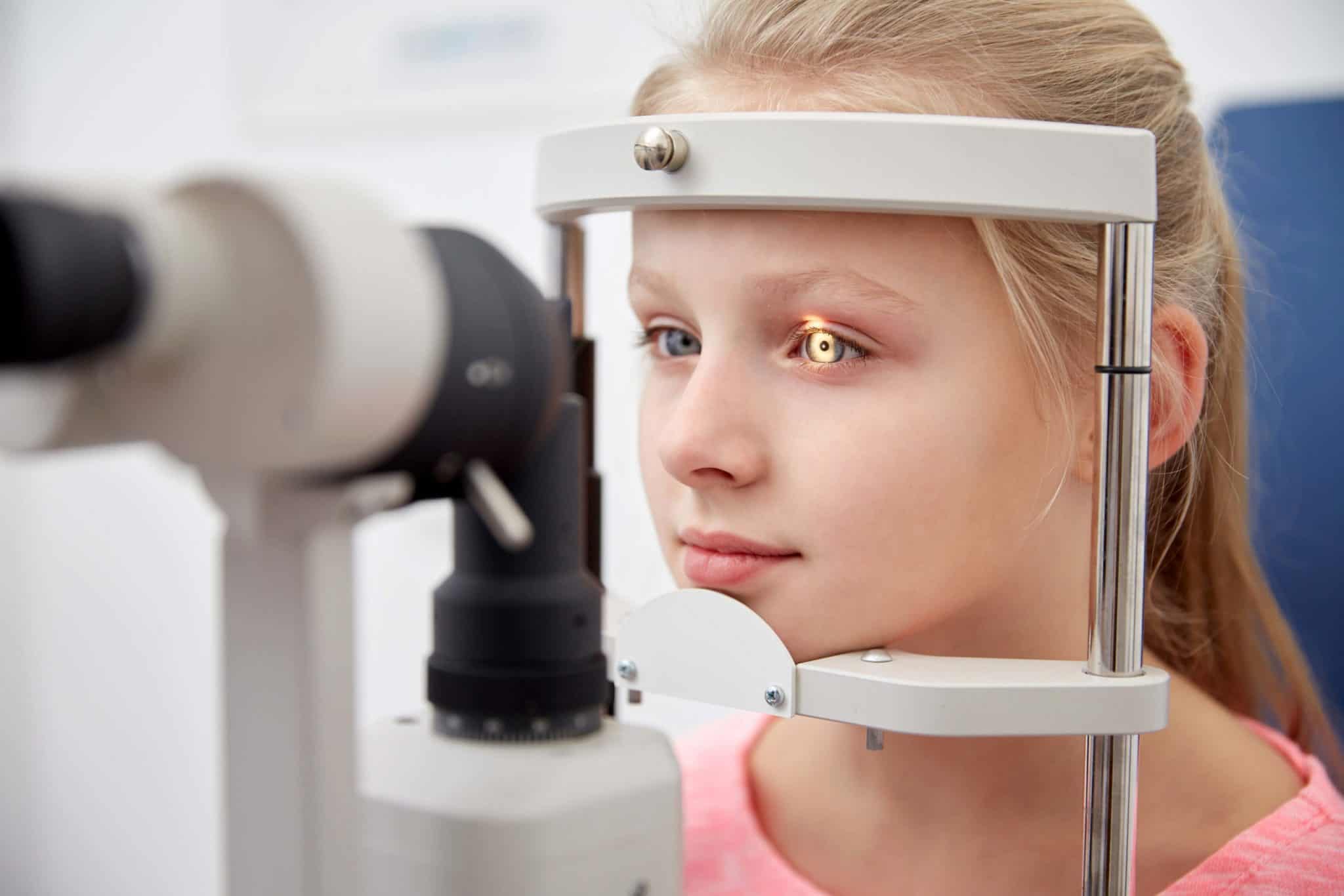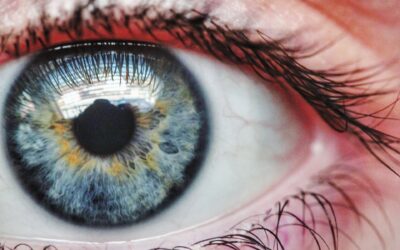One of the most common tests completed at the optometry office is the Non-Contact Tonometer (NCT), more often known as the “air puff test” or “glaucoma test”. To many patients, it is a mystery what this test is truly measuring but here is a quick run-down of the purpose of this test and its importance.
Eye Pressure and Glaucoma
At your eye exam, our optometrist will often want to keep a record of your eye pressure, which is the pressure exerted in the eye from the fluids acting within/ around it. The importance of this measure is that, like other parts of the body, it is important to maintain a normal value.
Eye pressure can have small fluctuations in the short term due to a variety of factors (i.e. body posture, exercise, eye movement, time of day) that do not have a detrimental effect on the body. The most important change that your optometrist would find significant would be a large increase or decrease in eye pressure. Low pressure could indicate leakage of internal fluid or intraocular inflammation. A pressure that is too high could indicate changes in blood pressure, disease, or injury. High IOP is also a strong risk factor for glaucoma, a disease that can decrease the size of your visual world slowly without your awareness.
There are a variety of ways that your eye pressure can be measured:
Indentation Tonometry
This refers to a method of indenting a small area on the cornea, the front surface of the eye. The amount of force needed to indent a specific amount of the cornea is measured, but this technique is rarely done today.
Applanation Tonometry
This method uses a force (air or physical pushing) to applanate (or flatten) a specific small area of the cornea. The force and area flattened is measured and used to determine the pressure.
The Goldmann Applanation Tonometer, Perkins Tonometer, Tonopen and i-Care are all instruments that utilize a probe to physically push into the cornea a small depth. Our optometrist will be looking to see how much pressure needs to be exerted on the front surface in order to flatten the cornea a specific amount. Our optometrist may instill an eye drop prior to the procedure to numb the eye so you will not feel any sensation of the probe. This also does not affect the health of the eye.
The Non-Contact Computerized Tonometer is commonly used for assessing eye pressures. This is an automated test that produces a puff of air that flattens the cornea. The value that is measured is the amount of time it takes for the cornea to be flattened a specific amount, meaning that the longer it takes for the air puff to flatten the eye, the higher the internal pressure. The thickness of the cornea can affect the measurement of the eye pressure so this is often automatically accounted for after the air puff is delivered and the final IOP is calculated.





